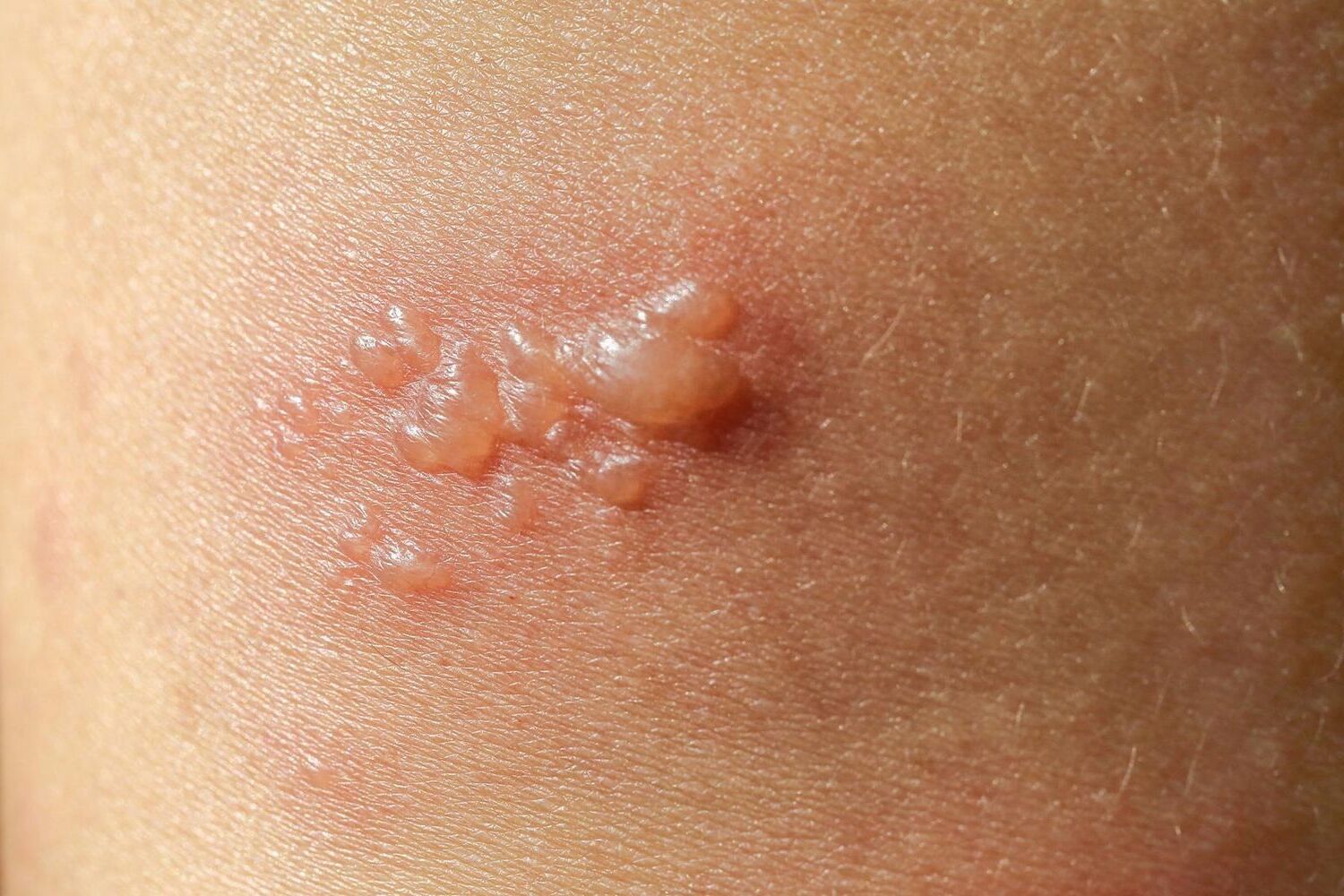
What is botulism? Botulism is a rare but serious illness caused by a toxin produced by the bacterium Clostridium botulinum. This toxin is one of the most potent poisons known and can lead to muscle paralysis, respiratory failure, and even death if not treated quickly. There are four main types: foodborne, infant, wound, and adult intestinal toxemia botulism. Each type has unique causes and symptoms, but all require immediate medical attention. Understanding botulism's causes, symptoms, and prevention methods is crucial for staying safe. Let's dive into 50 essential facts about this dangerous disease to help you stay informed and protected.
What is Botulism?
Botulism is a severe illness caused by a toxin produced by the bacterium Clostridium botulinum. This toxin is incredibly potent and can lead to muscle paralysis, respiratory failure, and even death if not treated promptly.
- Definition of Botulism: Botulism is a neuroparalytic disease caused by the botulinum toxin produced by Clostridium botulinum. This toxin attacks the nervous system, leading to muscle paralysis and respiratory failure.
Types of Botulism
There are several types of botulism, each with unique causes and symptoms. Understanding these types can help in identifying and preventing the disease.
- Foodborne Botulism: Caused by ingestion of foods contaminated with botulinum toxin.
- Infant Botulism: Occurs when infants ingest spores of Clostridium botulinum, which then grow in the infant's digestive system.
- Wound Botulism: Results from contamination of a wound with Clostridium botulinum spores.
- Adult Intestinal Toxemia Botulism: A rare form where the bacterium grows and produces toxins within the intestines of adults.
Causes of Botulism
Botulism can be caused by various factors, primarily related to food and environmental conditions.
- Improperly Preserved Foods: Consuming improperly preserved or canned foods, such as home-canned vegetables, meat products, and fermented fish, can cause botulism.
- Low Oxygen Environments: The bacteria thrive in environments with low oxygen, low acidity, and high moisture.
Symptoms of Botulism
Recognizing the symptoms of botulism is crucial for early treatment and better outcomes.
- Double Vision and Blurred Vision: One of the first signs of botulism.
- Drooping Eyelids (Ptosis): A common symptom indicating muscle weakness.
- Slurred Speech: Difficulty in speaking clearly.
- Difficulty Swallowing (Dysphagia): Trouble swallowing food or liquids.
- Dry Mouth (Xerostomia): Lack of saliva production.
- Muscle Weakness: General weakness in muscles.
- Paralysis of Arms, Legs, and Trunk: Severe cases can lead to complete paralysis.
- Respiratory Problems: Difficulty breathing due to muscle paralysis.
- Infant Symptoms: Infants may exhibit lethargy, poor feeding, constipation, and a weak cry.
Incubation Period and Transmission
Understanding the incubation period and how botulism is transmitted can help in early detection and prevention.
- Incubation Period: Varies from 6 hours to 10 days, with symptoms typically appearing within 18 to 36 hours after consuming contaminated food.
- Transmission: Botulism is not transmitted from person to person. It is caused by the ingestion of contaminated food or the infection of a wound with Clostridium botulinum spores.
Prevalence and Mortality Rate
Botulism is rare but can be deadly. Knowing its prevalence and mortality rate can highlight the importance of prevention and treatment.
- Prevalence: On average, about 110 cases of botulism are reported in the U.S. each year.
- Mortality Rate: The mortality rate for botulism has decreased significantly over the past 50 years, from 50% to around 8% with better medical care.
Treatment and Medications
Prompt medical treatment is essential for botulism. Various treatments and medications can help manage the disease.
- Treatment: Intensive supportive care in a hospital is the primary treatment for botulism.
- Medications: Antitoxins are available to treat botulism, but they are not effective in infants.
- Surgical Intervention: In cases where botulism is caused by a wound infection, surgical removal of the source of the poison may be necessary.
Recovery and Prevention
Recovery from botulism can be lengthy, and prevention is key to avoiding the disease.
- Recovery Time: Recovery from botulism can take weeks or even months.
- Prevention Methods: Preventing botulism involves careful food-handling practices. Home-canned foods are a special source of concern, and infants under 12 months should not be fed honey.
Risk Factors and Outbreaks
Certain factors increase the risk of botulism, and outbreaks can occur through contaminated food sources.
- Risk Factors: Risk factors for botulism include consuming improperly preserved foods, having an untreated wound, and ingesting honey in infants.
- Outbreaks: Outbreaks of botulism can occur through contaminated food sources. The most dangerous outbreak occurred in 2018, affecting 242 people in the U.S.
Common Food Sources
Certain foods are more likely to cause botulism if not handled properly.
- Home-canned Vegetables: A common source of botulism.
- Canned Tuna Fish: Another potential source.
- Meat Products: Sausage and ham can also be contaminated.
- Salted, Smoked, and Fermented Fish: These foods can harbor the bacteria.
- Bottled Garlic and Oil-Infused Herbs: Can be risky if not stored correctly.
Environmental Factors
Certain environmental conditions favor the production of botulinum toxin.
- Reduced Oxygen: The bacteria thrive in low-oxygen environments.
- Low-Acid Foods: Foods with low acidity are more susceptible.
- Low-Salt Foods: Salt inhibits bacterial growth.
- High-Moisture Foods: Moisture provides a conducive environment.
- Storage Temperatures Above 40°F: Higher temperatures can promote bacterial growth.
Diagnosis and Clinical Presentation
Diagnosing botulism involves various tests and recognizing specific clinical signs.
- Diagnosis: Involves a physical examination to check for paralyzed or weak muscles.
- Clinical Presentation: Symptoms vary depending on the type of botulism.
Infant and Adult Botulism
Infant and adult botulism have unique characteristics and symptoms.
- Infant Botulism: The most common form in the U.S., with symptoms like lethargy and poor feeding.
- Adult Intestinal Toxemia Botulism: A rare form with protracted illness and relapse despite antitoxin treatment.
Wound and Inhalational Botulism
Wound botulism and inhalational botulism have distinct causes and symptoms.
- Wound Botulism: Results from contamination of a wound with Clostridium botulinum spores.
- Inhalational Botulism: Not naturally occurring but can be caused by deliberate dissemination of botulinum toxin by aerosol.
Risk Groups and Preventive Measures
Certain groups are at higher risk, and preventive measures are crucial.
- Risk Groups: Infants, people with untreated wounds, and those consuming improperly preserved foods.
- Preventive Measures: Properly preserving and storing food, avoiding honey in infants, and ensuring wound cleanliness.
Public Health Concerns and Medical Treatment
Botulism is a public health concern, and medical treatment is essential for survival.
- Public Health Concerns: Botulism is a potential terror weapon due to its ease of production and transport.
- Medical Treatment: Involves intensive supportive care and antitoxins.
Hospitalization and Recovery Process
Hospitalization and a lengthy recovery process are often necessary for botulism patients.
- Hospitalization: Often necessary, especially for those requiring mechanical ventilation.
- Recovery Process: Can involve physical therapy and may take weeks or months.
Prognosis and Long-Term Complications
The prognosis for botulism varies, and long-term complications can persist.
- Prognosis: With proper care, the survival rate is high, but recovery can be prolonged.
Final Thoughts on Botulism
Botulism is a serious illness caused by the botulinum toxin from Clostridium botulinum. This toxin can lead to muscle paralysis, respiratory failure, and even death if not treated quickly. There are four types: foodborne, infant, wound, and adult intestinal toxemia botulism. Symptoms include double vision, drooping eyelids, slurred speech, and muscle weakness. Treatment involves intensive supportive care and antitoxins. Preventing botulism requires proper food handling, avoiding honey for infants, and ensuring wound cleanliness. Though rare, botulism remains a public health concern due to its potential severity. Awareness and education on safe food practices can help reduce the risk. Recovery can be lengthy, but with prompt medical care, the survival rate is high. Stay informed and vigilant to keep this dangerous illness at bay.
Was this page helpful?
Our commitment to delivering trustworthy and engaging content is at the heart of what we do. Each fact on our site is contributed by real users like you, bringing a wealth of diverse insights and information. To ensure the highest standards of accuracy and reliability, our dedicated editors meticulously review each submission. This process guarantees that the facts we share are not only fascinating but also credible. Trust in our commitment to quality and authenticity as you explore and learn with us.


